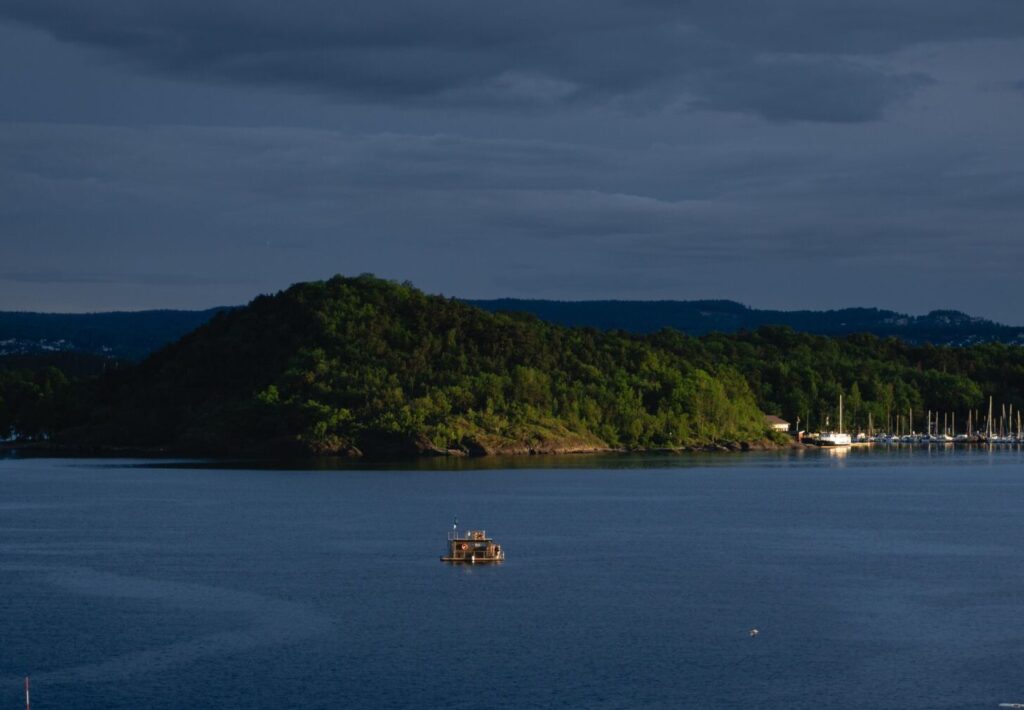The Oslofjord faces severe ecosystem deterioration due to pollution, runoff, overfishing, and coastal developments. The area is governed by multiple authorities, requiring complex cross-sectoral and territorial coordination. While River Basin Management offers a cross-sectoral approach, it focuses on freshwater, lacks marine indicators, and excludes sectors like fisheries. Municipal spatial plans, while crucial for land-based activities impacting the fjord, rarely regulate the use of the fjord itself. While Norway has ecosystem-based management plans for its oceans, these do not sufficiently consider coastal areas. This case study examines the implementation and interaction of these policies and tools to identify governance gaps and improve the situation in the Oslofjord.



Analyze the extent to which the environmental crisis in the Oslofjord stems from gaps and incoherences in the governance system.
Evaluate how land-sea and coast-ocean interactions are addressed in policies and planning tools to ensure coherent and ecosystem-based governance of the Oslofjord.
Investigate the role of knowledge systems in supporting evidence-based decision-making for governance and environmental management of the Oslofjord.
Assess the integration of environmental consequences on the Oslofjord within municipal spatial planning processes.
Policies and planning instruments: The Water Regulation according to EU’s Water Framework Directive; the Norwegian Ocean Management Plan for the North Sea/Skagerrak; Municipal spatial planning in the coastal zone; the government’s Oslofjord Plan)
Implementation of planning instruments in sectors: agriculture, urban wastewater management, fisheries, and biodiversity.
The Oslofjord with its entire catchment area and linkages to the marine areas (North Sea/ Skagerrak)
A reference group has been established and consulted. This ensures that relevant research questions, areas of interest, potential stakeholders and synergies with ongoing initiatives are identified.
The first phase of the research is based on document analysis and interviews (2023-2024). Phase 2 (2025) is focused on co-creation of results with relevant stakeholders through a targeted seminar and dissemination with a wider audience.
Not applicable
Not applicable
Not applicable
Not applicable

The CrossGov project is funded by the European Union under Grant agreement ID 101060958.
The website content is the sole responsibility of CrossGov project and does not necessarily reflect the views of the European Union.